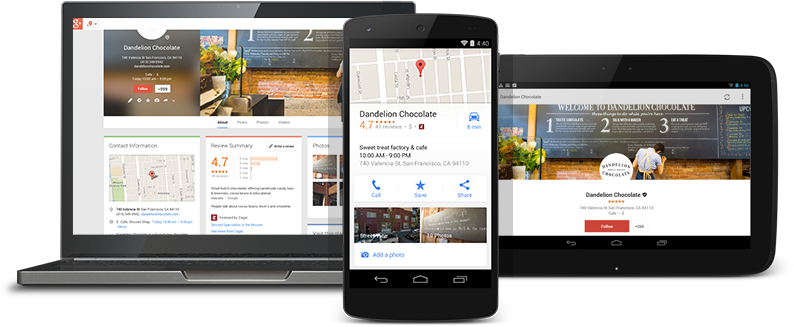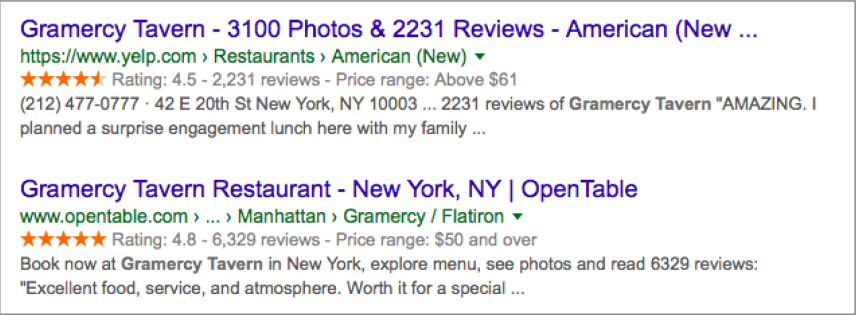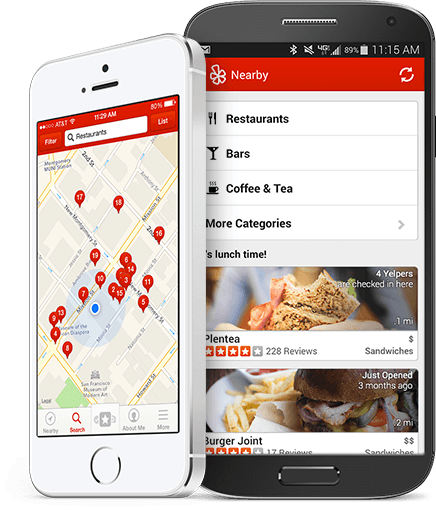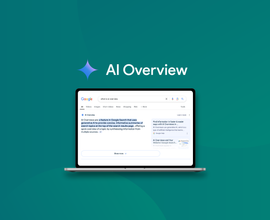8 Local SEO Tips for a Killer Local Search Strategy
Your customers are everywhere – in different locations, on different devices, and consuming different types of content. As you bolster your SEO strategy with the most up-to-date tactics, you’ll need to address that elephant in the room: local search.
But before we offer up our best local SEO tips, first and foremost…
What is local seo?
Local SEO is the art and science of ranking well in local search results.
Nearly half of the searches on Google are for local products and services, according to GO-Globe . Today, fifty percent of brands leverage location data to target their customers, and 85 to 95 percent of consumer engagement happens through location assets like local listings and local pages, Search Engine Land reports .
What does this mean for your business?
Your local search marketing game had better be good.
How can I improve my local SEO?
Use the following 8 local SEO tactics:
Local Search EngineSearch Engine
A search engine is a website through which users can search internet content.
Learn more Optimization Tips
Research shows that 18% of local smartphone searches resulted in a purchase within a day. So it’s time you start snatching up spots in SERPs for local searches around your products and solutions. Here are some local SEO tips and best practices you can implement today.
1. Get listed on Google My Business.
It all starts with Google My Business . Local searchers are primarily looking for a business’s address and location, and this free tool enables you to put your NAP (name, address and phone number) and other business information (such as hours and directions) on Google Search and Maps.

Make sure your profile is complete and keep it up-to-date. Once you get verified through Google (they’ll either call or send you a letter), you can get basic data regarding how people are finding you and where they’re coming from. From there you can use that info to inform your local search strategy going forward.
2. Use Google Posts in your Google My Business account.
In June, Google launched Google Posts in every GMB account. Now, businesses can post updates about deals, local offerings, and upcoming events through their Google My BusinessGoogle My Business
Google My Business is a product by the Google search engine.
Learn more account. These posts appear directly in the SERP, providing businesses a unique opportunity to communicate with their customers before they’ve even navigated to your site.
For more information on how to create and utilize Google Posts, check out our guide.
3. Update your NAP and make them consistent across all channels.
It’s not enough to stay on top of your Google My Business listing — you need to make sure your contact and location information is updated and consistent across your website, social media pages, review sites and directory listings.
4. Use schema markup.
Schema markup is specific code you add to your HTML to improve the way your page is represented in search results. The code helps Google recognize certain elements of your page and tells them what the content on your page means, and having it can boost your rankingsRankings
Rankings in SEO refers to a website’s position in the search engine results page.
Learn more and improve click-thru rates.

There are a number of DIY guides to implementing schema markup; here’s a good one from Kissmetrics .
5. Optimize your URL, tags & content.
Your URL, title tags, headers, meta descriptions and content should include your city or region and the target keywordKeyword
A keyword is what users write into a search engine when they want to find something specific.
Learn more of the page they describe. This tells Google what geographical location the page is relevant to and what content is on the page — and it helps them index your page accordingly.
6. Engage in (smart, natural & relevant) local link building.
Having a strong link profile is vital to performing well in search, and entire businesses (some with good link-building practices and some bad) have been built on securing such links.
This tactic is a marathon, not a sprint, and beware anyone who says they can nab you a bunch of fast links. Still, it’s an important part of a solid local SEO strategy, and you can build a decent link profile yourself.
Start with these three local link-building tips from Inc .
7. Get on relevant review sites.
Ninety percent of people in a Zendesk survey said their buying decisions were influenced by online reviews, and Moz estimates that online reviews make up 10 percent of how Google decides to rank your page. This makes your presence on the major review sites critical.
Review sites you should consider being on include:
- Yelp
- Yellow Pages
- White Pages
- Foursquare
- Google+ Local
- TripAdvisor
- Angie’s List
- Urbanspoon
- Yahoo Local

8. Track rankings for local searches.
Use marketing technology to track rankings changes for local searches. You’ll want to track ranking, search volumeSearch Volume
Search volume refers to the number of search queries for a specific keyword in search engines such as Google.
Learn more, device, result type, and whether your preferred URL is the top ranked result for searches in each geographic location that’s relevant to your business.

Plus, create page segments and keyword categories so you can sift through your data and isolate any ranking or performance drops or spikes so you can spot issues, opportunities, and seasonal changes. Keep an eye on your striking distance opportunities — pages that are ranking just below the fold or high on page two for optimization opportunities that will make the most impact.
Now that you’re equip to tackle local search marketing, what are you waiting for? Go local.







